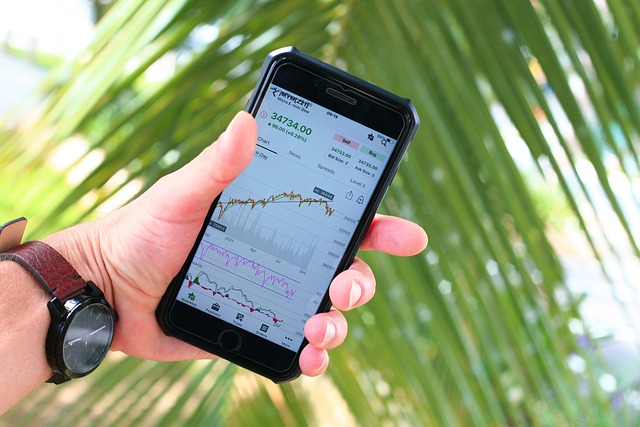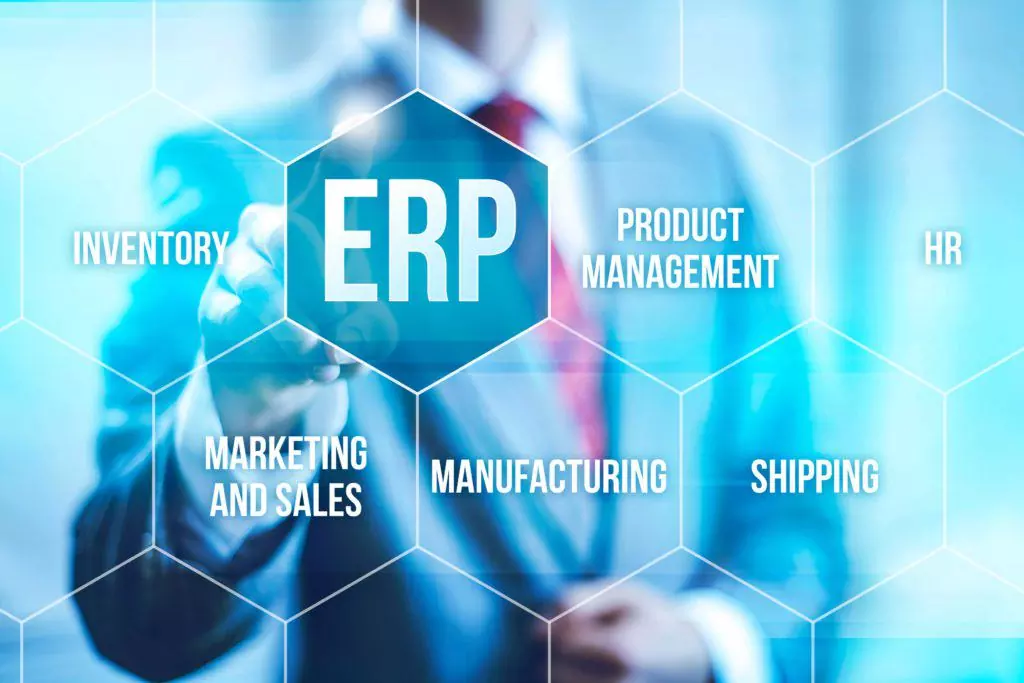Profitability is a recurring theme in all advanced management textbooks. The relationship between revenue and costs is crucial for business efficiency analysis. In professional services firms, particularly in the engineering sector. And this is especially important given that a significant portion of costs is variable. Therefore, it is worth discussing the concept of the Break-even Point in Engineering Industry Projects. This is particularly relevant in the context of projects undertaken by such organizations.
What is the Break-even Point?
Typically, the break-even point is defined at the organizational level and represents the moment when revenue from operations covers all previously incurred costs, as well as future variable costs. Once this point is exceeded, a company can begin generating profit.
However, let’s examine this concept from the perspective of engineering projects. For the sake of this discussion, let’s assume that an engineering company aims to develop a new technology or technological solution, which it will license or sell access to. An example of such a solution could be the development of a new large language model, like a chatbot. In such cases, revenue only begins once a viable product that meets minimum requirements is ready to be introduced to the market. All prior costs must be covered by available capital.
Why Measure the Break-even Point?
Nowadays, the development of new solutions is often financed with external funds. When these funds come from banks or institutional investors, their representatives will frequently want to ensure their money is being spent efficiently. And monitor the progress made toward the project’s vision. Conversations with representatives of companies developing AI models reveal that many projects can end in complete failure. Due to incorrect assumptions made at the project’s outset or poor decisions during development.
Developing such a model requires a complex conceptual process, followed by the creation of a Proof of Concept (PoC) to validate initial assumptions. The next step is building a Minimum Viable Product (MVP), a version that includes only the core functionalities. This serves as a foundation for the final product, incorporating a fully functional user interface and additional required features.
Investors funding such initiatives will expect systematic progress reports, market research proving demand for the solution, and an evaluation of its market potential. One of the key elements in this process is break-even point analysis. This helps determine how many active users are needed to cover development, maintenance, and growth costs. By comparing this number with user acquisition rates and total market potential, companies can better assess the viability of their project.
This is just one reason why measuring the break-even point is valuable. It is not the only one, and probably not even the most important. However, every company developing new solutions should consider it. This metric makes it easier to assess whether a given project is financially feasible. If the expected return on investment requires at least one million active users, the project might not be sustainable. This is because the market potential is estimated at only 800,000 users. The break-even point significantly aids financial management and helps establish pricing strategies for products, services, or technologies.
How to Measure Project or Organizational Profitability
The formula for calculating the break-even point is simple and widely available online. However, I recommend using an ERP system tailored to the engineering industry, incorporating user-driven insights. If the system can accurately reflect incurred costs, both material and labor-related. It will likely also allow for profitability assessment and break-even point determination. The key is ensuring that the chosen technological solution is flexible enough. This will allow for the custom implementation of this metric. If it is not available by default.
In the case of technology projects, fixed and variable costs will typically continue to rise over an extended period. This happens before reaching the stage where customer acquisition begins.
How to Improve the Break-even Point
At this stage, strategic decisions come into play. Although each case is unique, the following strategies are commonly applied:
- Increasing Prices – Mathematically, this is the simplest way to lower the break-even point. However, careful analysis is needed to determine. When higher prices will lead to a drop in revenue due to reduced customer adoption.
- Selling at Cost – This approach helps build a user base by offering the product at minimal margins. By gradually adding new features, companies can encourage users to remain loyal. While this strategy does not immediately lead to profitability, it lays the groundwork for future price increases.
- Cost Reduction – This is the most challenging yet most effective long-term strategy. Cost optimization often results from process improvements, which benefit the company in the long run.
When external funding is available, maintaining a cost-based pricing strategy can be viable. This approach makes it significantly harder for competitors to enter the market while fostering customer loyalty.



